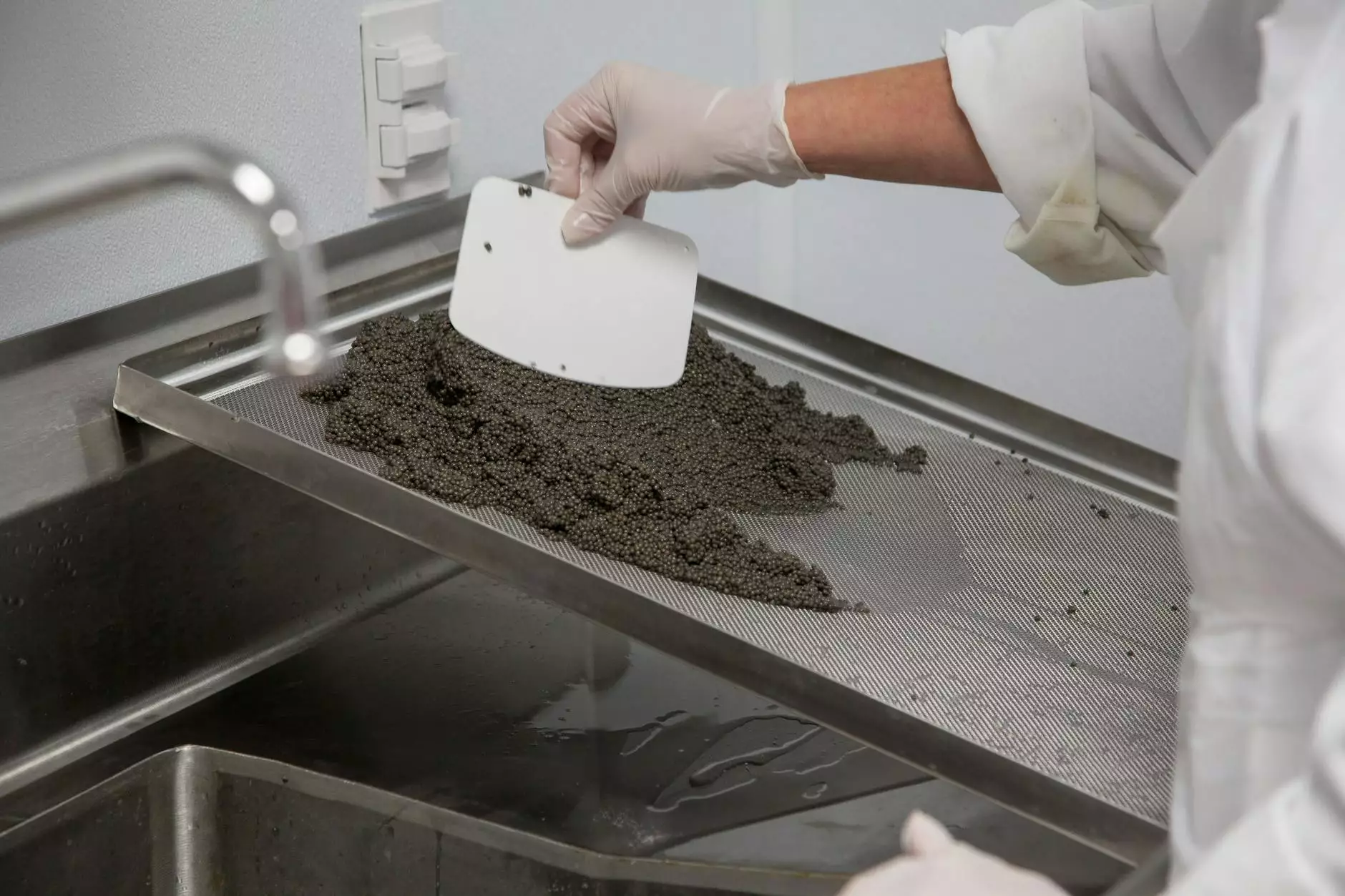Understanding the Hysteroscopy Procedure: A Comprehensive Guide

What is a Hysteroscopy Procedure?
The hysteroscopy procedure is a minimally invasive surgical technique used to examine and treat conditions within the uterus. During this procedure, a thin, lighted tube called a hysteroscope is inserted through the vagina and cervix into the uterus. This allows gynecologists to visualize the uterine lining closely and perform necessary interventions.
Why Is a Hysteroscopy Performed?
Hysteroscopy can be performed for several reasons, including but not limited to:
- Investigating Uterine Abnormalities: This includes detecting uterine fibroids, polyps, or abnormal tissue.
- Diagnosing Infertility: Hysteroscopy helps identify issues that may be contributing to infertility.
- Treating Abnormal Bleeding: Conditions like heavy menstrual bleeding can often be managed with hysteroscopic techniques.
- Removing IUDs: In some cases, an intrauterine device (IUD) may become embedded or difficult to remove; hysteroscopy can facilitate this.
- Evaluating Recurrent Miscarriages: The procedure can uncover uterine abnormalities that might lead to miscarriage.
Preparing for the Hysteroscopy Procedure
Preparation for a hysteroscopy procedure varies based on the specific circumstances and the doctor's recommendations. Generally, patients should follow these steps:
- Consultation: A thorough consultation with your gynecologist to understand the benefits and risks.
- Medication Review: Inform your doctor about any medications you are currently taking, including over-the-counter drugs and supplements.
- Pre-Procedure Instructions: Follow any guidelines provided, such as dietary restrictions and timing of medications.
- Scheduled Timing: Hysteroscopy is often scheduled during the first half of the menstrual cycle, post-menstrual phase.
The Hysteroscopy Procedure: What to Expect
Understanding what happens during a hysteroscopy procedure can help alleviate anxiety.
The entire procedure typically lasts between 30 minutes to an hour and may be performed in an outpatient setting. Here’s what you can expect:
- Anesthesia: Most procedures are done under local anesthesia. In some cases, general anesthesia may be administered.
- Positioning: The patient is positioned similarly to a pap smear, lying on her back with her legs supported.
- Insertion of Hysteroscope: The doctor inserts the hysteroscope through the vagina, and the cervix is dilated if necessary.
- Inspection and Treatment: The uterine cavity is examined, and any required treatment (like polyp removal or biopsy) is conducted.
Post-Procedure Care and Recovery
After the hysteroscopy procedure, patients can generally return home the same day. Recovery involves:
- Monitoring Symptoms: Patients should be aware of any severe pain, excessive bleeding, or fever.
- Activity Level: It’s commonly advised to avoid strenuous activities for a few days.
- Follow-up Appointments: A follow-up visit may be necessary to discuss findings and evaluate recovery.
Benefits of the Hysteroscopy Procedure
There are numerous benefits associated with the hysteroscopy procedure, including:
- Minimally Invasive: Offers a less invasive alternative compared to traditional surgical methods.
- Quick Recovery Time: Many women experience a swift return to normal activities.
- Accurate Diagnosis: Provides clear visual access to the uterine cavity, allowing for precise diagnosis and treatment.
- Outpatient Procedure: Most hysteroscopies can be performed in an outpatient setting, negating the need for hospital stays.
Risks and Considerations
While the hysteroscopy procedure is generally safe, it does carry some risks to consider:
- Infection: Any surgical procedure has the risk of infection.
- Bleeding: There may be some bleeding post-procedure.
- Uterine Perforation: In rare cases, the hysteroscope may puncture the uterine wall.
- Scarring: Uterine scarring can occur, leading to further complications.
It is vital to discuss these risks with your physician to ensure informed decision-making.
Conclusion
In conclusion, the hysteroscopy procedure serves as an essential tool in modern gynecology for diagnosing and treating various uterine conditions. With its minimally invasive nature, quick recovery time, and the ability to provide accurate diagnoses, it stands out as a preferred method for many women. If you are considering this procedure, consult with your healthcare provider to gain insight and determine the best course of action for your unique health needs.
For more information about the hysteroscopy procedure, visit drseckin.com to consult with expert healthcare professionals dedicated to your gynecological health.



